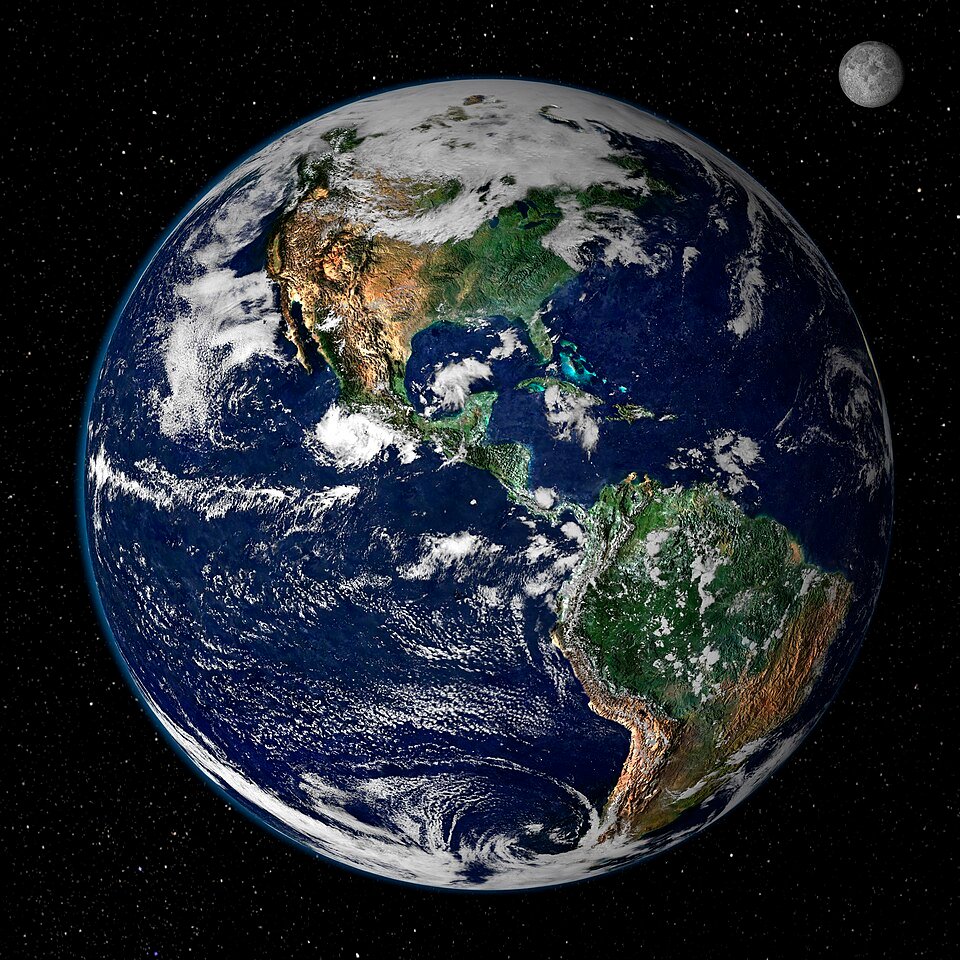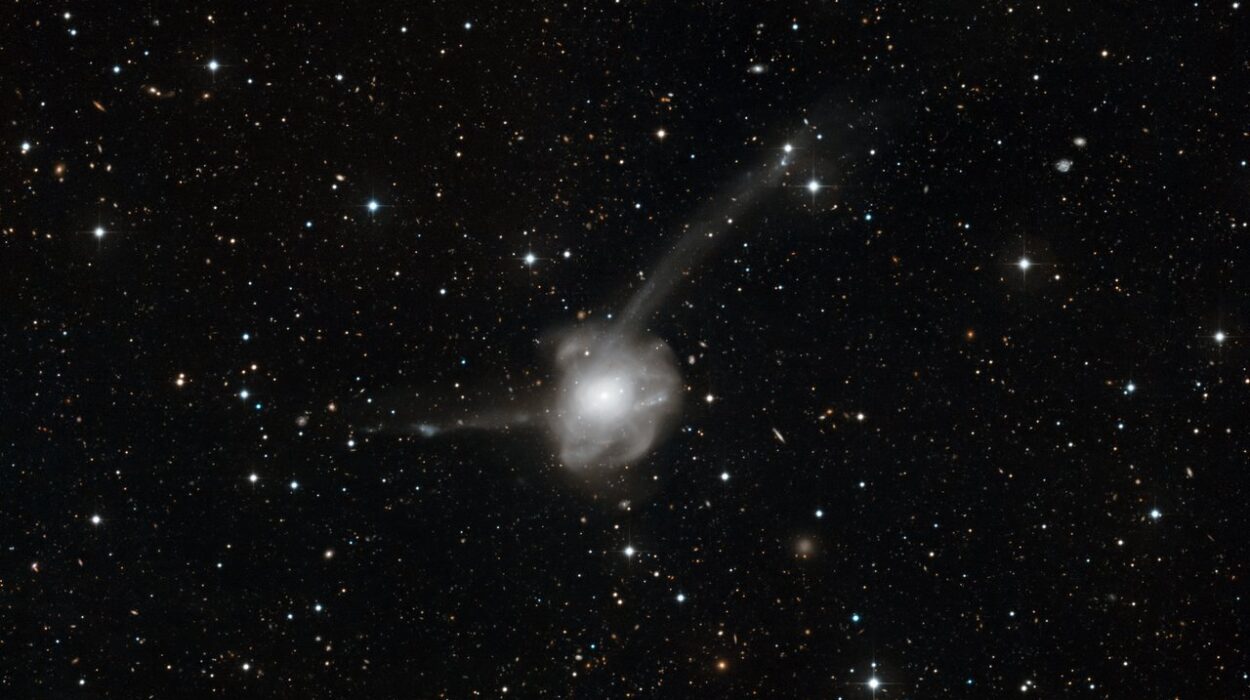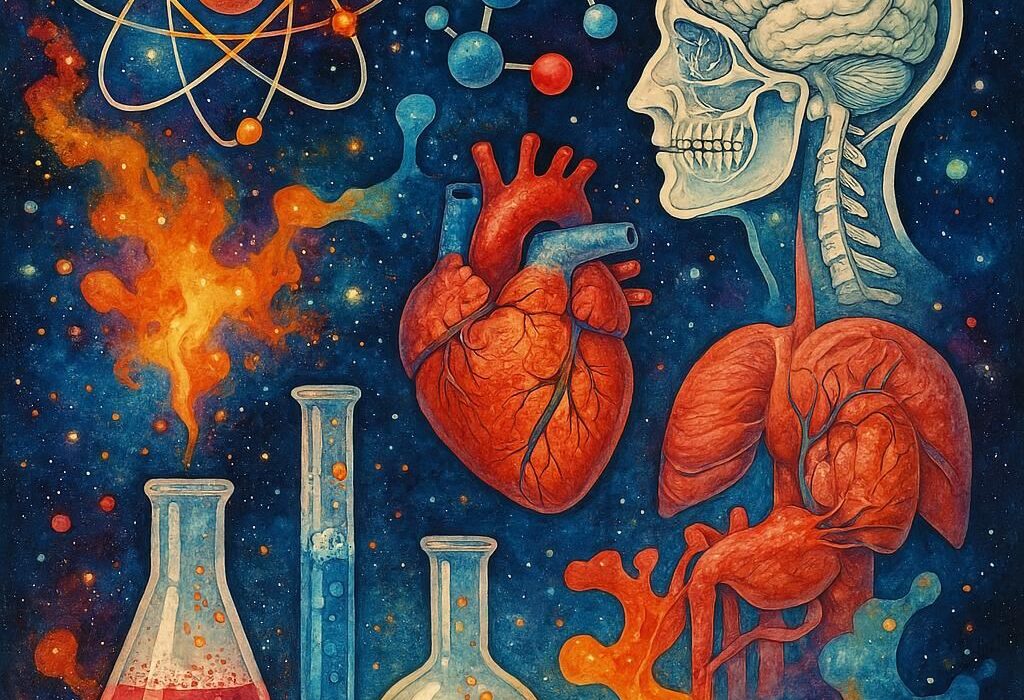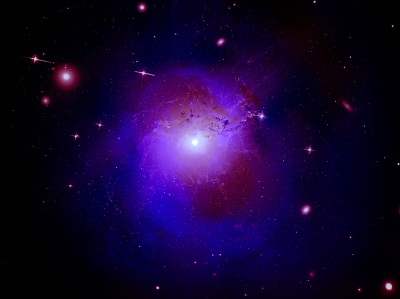What is Earth? It seems like a simple question, yet the answer is as deep and mysterious as the universe itself. Earth is our home, the only place in the cosmos where life is known to flourish. It is a planet of oceans and mountains, storms and forests, deserts and rivers. It is a world of breathtaking beauty, intricate systems, and powerful forces that both nurture and challenge life.
But Earth is more than just a planet of rock and water orbiting the Sun. It is a living, breathing world where the laws of physics, chemistry, biology, and geology intertwine to create the conditions for life. It is the cradle of humanity, the stage upon which every story of every creature has unfolded for billions of years.
To ask what Earth is, is to ask not only about rocks, air, and oceans, but also about origins, balance, and destiny. It is to ask how this blue planet came to be, what makes it unique in the solar system, and how it continues to sustain the fragile miracle of life.
The Birth of a World
Earth was not always the lush, life-filled planet we know today. More than 4.5 billion years ago, our planet was born from the violent chaos of the early solar system. Clouds of dust and gas surrounded the young Sun, colliding and clumping together under the force of gravity. Over millions of years, these particles formed larger and larger bodies, until one of them grew into the world we now inhabit.
In its earliest days, Earth was a fiery sphere, its surface a molten ocean of rock. Asteroids and comets bombarded it relentlessly, adding water, metals, and other elements essential for life. It was during this chaotic period that a Mars-sized object collided with Earth, blasting out material that would later form the Moon. That impact was catastrophic, but it also stabilized Earth’s tilt, giving us regular seasons and a more stable climate—a critical factor in the planet’s future ability to nurture life.
As Earth cooled, volcanoes released gases that formed the first atmosphere. Water vapor condensed and fell as rain, filling the lowlands with oceans. Lightning and chemical reactions sparked in these ancient seas, setting the stage for life’s first appearance. Earth transformed from a molten world of fire into a blue planet of oceans and skies, ready to host the grand experiment of life.
Earth’s Place in the Cosmos
Earth is the third planet from the Sun, orbiting at just the right distance where liquid water can exist—a region astronomers call the “habitable zone.” If Earth were slightly closer, its oceans would boil away. Slightly farther, and they would freeze. This delicate balance is part of what makes Earth unique.
But Earth is not alone. It is part of a family of worlds—the solar system—bound together by the Sun’s gravity. Alongside its siblings Mars, Venus, and Jupiter, Earth journeys around the Sun, completing an orbit every 365 days. The Moon, Earth’s constant companion, circles it every month, shaping tides and influencing the rhythms of life.
From the vast perspective of space, Earth is a small blue marble suspended in darkness. Yet within that marble lies everything we know: every forest and desert, every culture and civilization, every moment of joy and sorrow in human history. Earth is both ordinary—a planet among billions—and extraordinary, the only known world where life thrives.
The Living Planet
What makes Earth truly remarkable is not just its size, orbit, or geology, but its ability to sustain life. Unlike barren Mars or fiery Venus, Earth’s surface is alive with motion, energy, and diversity. This vitality comes from the interaction of its spheres: the geosphere, hydrosphere, atmosphere, and biosphere.
The geosphere is the solid Earth—the rocks, minerals, and tectonic plates that shape continents and mountains. Beneath Earth’s surface lies a restless interior: a molten mantle driving the slow movement of continents, and a metallic core generating the magnetic field that shields us from solar radiation.
The hydrosphere is Earth’s water system: oceans, rivers, lakes, glaciers, and underground aquifers. Water is life’s lifeblood, and Earth is unique in its abundance of liquid water. Covering over 70% of the surface, the oceans regulate climate, provide habitats, and serve as the birthplace of life itself.
The atmosphere is the protective blanket of gases enveloping the planet. Composed mainly of nitrogen and oxygen, it shields Earth from harmful radiation, moderates temperature, and provides the air we breathe. Clouds form within it, storms rage across it, and winds circulate energy around the globe.
Finally, the biosphere—the realm of life. From microbes deep in the soil to whales swimming in the oceans, from towering redwoods to tiny insects, the biosphere is Earth’s most extraordinary feature. It is not separate from the other spheres, but deeply interwoven with them, constantly exchanging energy and matter. Life shapes the air, soil, and water, just as Earth shapes life in return.
Earth Through Time
Earth today is not the same planet it was billions of years ago. Its history is a story of transformation, cycles, and renewal.
The first life forms appeared more than 3.5 billion years ago, simple microorganisms thriving in ancient oceans. For billions of years, microbes ruled the planet, slowly transforming the atmosphere by producing oxygen through photosynthesis. This “Great Oxidation Event” reshaped Earth, paving the way for more complex life.
Multicellular organisms appeared, and eventually the Cambrian explosion brought an explosion of diversity—strange and wonderful creatures filling the seas. Life crawled onto land, plants spread across continents, and animals followed. Dinosaurs ruled for millions of years before an asteroid ended their reign, making space for mammals and eventually humans.
Earth’s climate has swung between ice ages and tropical warmth, shaping ecosystems and species. Continents drifted across the globe, colliding to form mountains and splitting to open new seas. Volcanoes erupted, oceans shifted, and extinctions wiped out entire lineages—yet life endured, adapting and flourishing in ever-changing conditions.
Earth’s history is a reminder that change is the only constant. It is both a fragile world, vulnerable to impacts and climate shifts, and a resilient one, capable of renewing itself through cycles of destruction and creation.
The Human Planet
Humans are not separate from Earth—we are its children. Every atom in our bodies was once part of the stars, and every breath we take is drawn from the atmosphere shaped by ancient microbes. Yet in just a few thousand years, we have transformed Earth more than almost any other force of nature.
From the moment we learned to harness fire, cultivate crops, and build cities, humanity became a geological force. We have cleared forests, dammed rivers, mined mountains, and reshaped coastlines. Our machines have drilled deep into Earth’s crust and reached far beyond its atmosphere. Our influence is now so profound that scientists argue we live in a new geological epoch: the Anthropocene—the age of humans.
But with power comes responsibility. Our activities have disrupted ecosystems, warmed the climate, and caused species to vanish at alarming rates. Earth is resilient, but the balance of its systems is delicate. Our future depends on how wisely we choose to live within its boundaries.
The Fragile Balance
Earth’s systems are intricate and interconnected. A shift in one part can ripple across the whole. Rising carbon dioxide levels warm the atmosphere, melting glaciers and raising sea levels. Deforestation alters rainfall patterns, threatening crops and water supplies. Overfishing disrupts ocean ecosystems, endangering species far beyond the seas.
Yet Earth is not helpless. Forests regrow, rivers carve new paths, and life finds ways to adapt. The question is whether humanity will act with foresight to protect the conditions that allow life—and our own civilization—to flourish.
The balance of Earth’s systems is not just a scientific issue; it is a deeply human one. It is about the future of our children, the survival of cultures, and the preservation of the beauty that makes life worth living.
The Wonder of Earth Seen from Afar
In 1968, astronauts aboard Apollo 8 looked back at Earth from space and captured the famous “Earthrise” photograph. For the first time, humanity saw its home as a small, fragile sphere floating in the vastness of space. That image changed how we see ourselves. Borders vanished, conflicts seemed small, and the unity of life on a single planet became clear.
Carl Sagan later described Earth as the “pale blue dot,” a reminder that in the cosmic scale, our world is tiny, yet it is everything to us. From the far reaches of space, Earth is not divided into nations or races—it is one interconnected oasis of life.
This perspective is not just poetic; it is a call to responsibility. Earth is rare, precious, and perhaps unique. Protecting it is not a choice but a necessity, for there is no second Earth waiting for us.
The Future of Earth
What lies ahead for Earth? The planet itself will endure for billions of years, but its future as a home for humanity depends on the choices we make today. If we continue on a path of unsustainable consumption, unchecked pollution, and disregard for natural systems, the Earth will change in ways that threaten our survival.
Yet there is hope. Science, technology, and collective action offer ways to heal our relationship with Earth. Renewable energy can reduce our reliance on fossil fuels. Conservation efforts can protect endangered species and ecosystems. Sustainable agriculture can feed billions without exhausting the soil.
The story of Earth’s future is still being written. It can be a story of destruction, or it can be one of renewal—a chapter where humanity learns not only to survive but to thrive in harmony with its planet.
Conclusion: Earth as Our Shared Story
So, what is Earth?
Earth is not just a planet of rock, water, and air. It is a living world, a miracle of balance, and the home of life. It is a storyteller, holding within its mountains, oceans, and fossils the history of billions of years. It is a teacher, reminding us of resilience, change, and interconnection. It is our cradle, our sanctuary, and our only home.
To understand Earth is to understand ourselves, for we are inseparable from it. Every breath, every bite of food, every drop of water connects us to its systems. To harm Earth is to harm ourselves, and to protect it is to ensure our future.
Earth is beautiful not because it is perfect, but because it is alive, dynamic, and filled with stories of survival and wonder. It is the only known world where the cosmos looks back upon itself through the eyes of living beings.
Earth is not just where we live—it is who we are.






